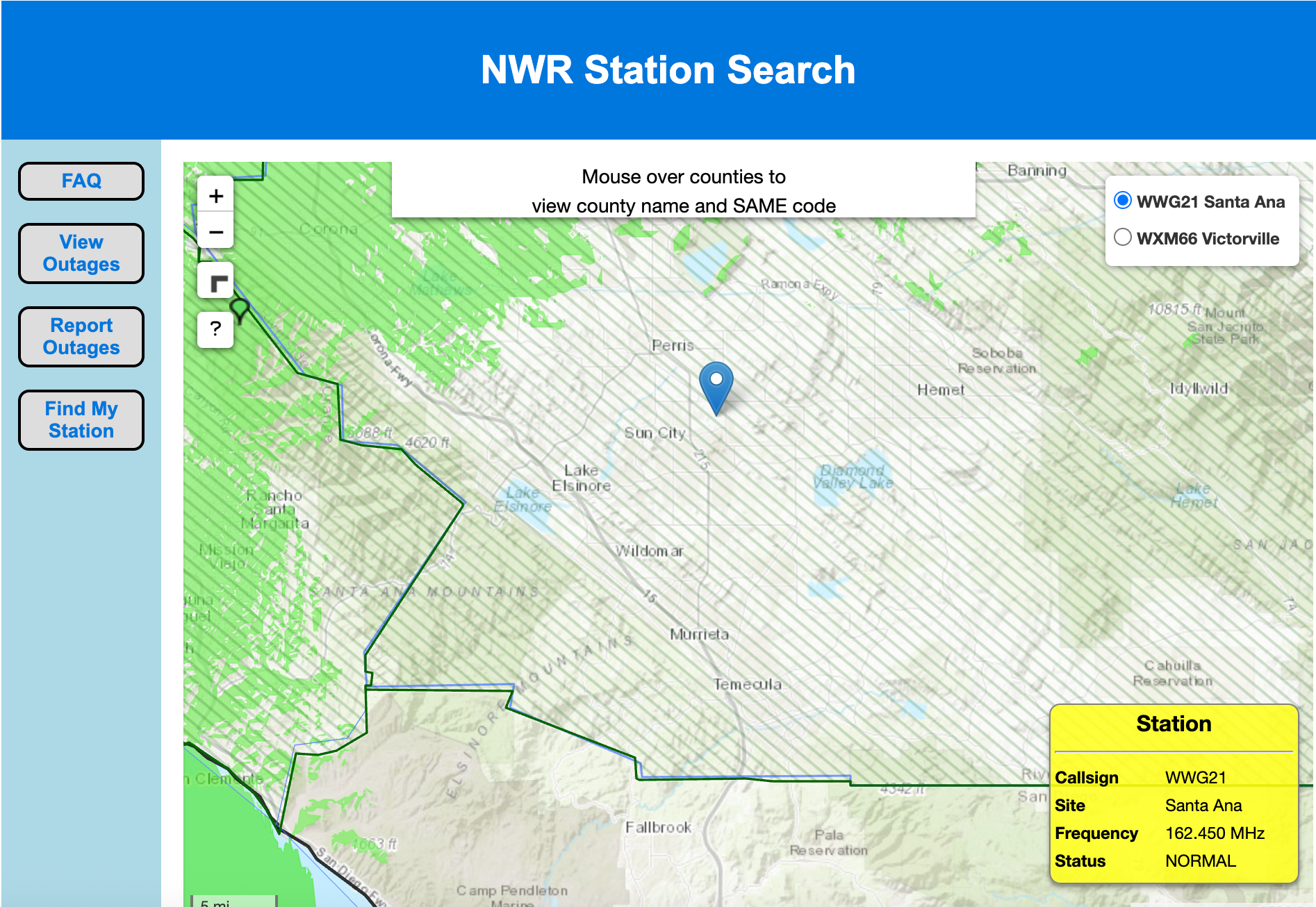When severe weather strikes, a NOAA Weather Radio can be the only lifeline when power and cell networks are down. What is a NOAA Weather Radio, and why should I get some of these for myself and my family?
First a NOAA weather radio is a special kind of radio receiver, that is designed to recieve broadcasts from NOAA or the National Oceanic and Atmospheric Administration. NOAA broadcasts official weather service warnings, watches, forecasts, and other hazard information 24 hours 7 days a week. You only need a special receiver to listen to this free information.
From NOAA – “Working with the Federal Communication Commission’s (FCC) Emergency Alert System, NWR is an “All Hazards” radio network, making it your single source for comprehensive weather and emergency information. In conjunction with Federal, State, and Local Emergency Managers and other public officials, NWR also broadcasts warning and post-event information for all types of hazards – including natural (such as earthquakes or avalanches), environmental (such as chemical releases or oil spills), and public safety (such as AMBER alerts or 911 Telephone outages)”
Why Do I Need To Buy A New Radio?
It’s because all the broadcasts are on frequencies that normal AM or FM radios won’t receive. Those frequencies are in the 162.440 MHz to 162.550 MHz range. So only a weather radio will be able to pick up these frequencies. The actual frequency in use in your area will vary. To look up your local NWR station frequency, go here. For example, if I search my local area of Menifee, Ca I received this result.

,You can see that my local area will be serviced by the National Weather Service office out of Santa Ana California. On the frequency 162.450MHz. Fantastic, now I know where to set my radio, but how??
Unfortuniately, most weather radios don’t actually display the frequency that you are listening to. They generally use a Channel # concept instead of a frequency. Lucky most radios seem to a similar order, and it seems to be sequencial. Therefore most radios will make
WX1 – 162.400 MHz
WX2 – 162.425 MHz
WX3 – 162.450 MHz
WX4 – 162.475 MHz
WX5 – 162.500 MHZ
WX6 – 162.525 MHz
WX7 – 162.550 MHz
And we can test this by setting my radio to WX5 which is the 162.450 MHz frequeny that we have already identified and I hear the weather broadcast.
Normal broadcast will be the local weather and the weather forecast. Most NOAA radios should also support NOAA Alerts. Those are in the event of a possible or actual weather (or other) emergency, a radio that supports NOAA alerts will turn itself on and set itself to the local NOAA channel when they issue one, automatically.
Why did I say most readios? That’s because a lot of other radios, such as ham radios, or GMRS /FRS radios often will offer NOAA receive. However these radios generally don’t support NOAA alerts. We will be diving a lot deeper into this topic, and testing a lot of different radios to determine what each one supports.

